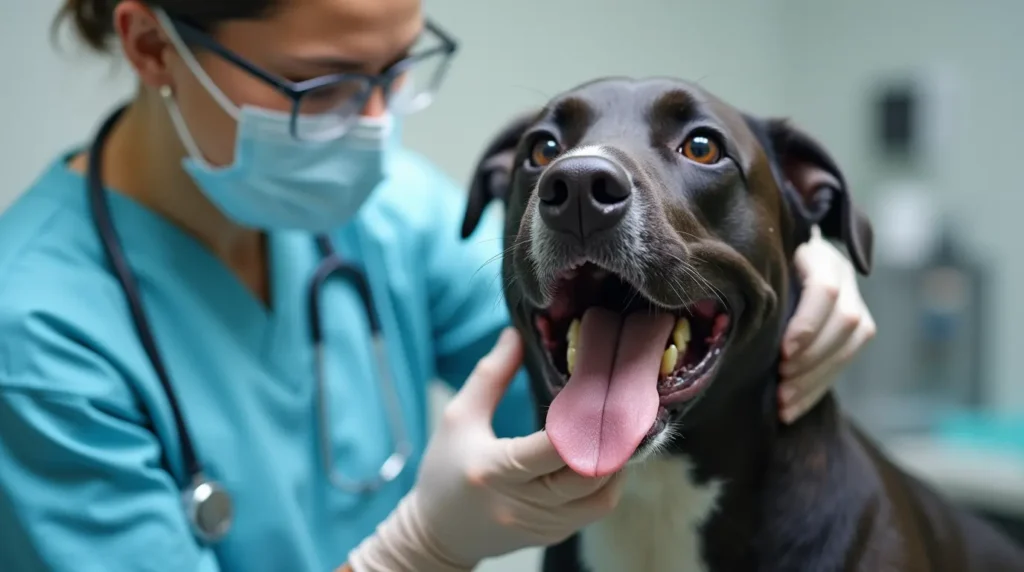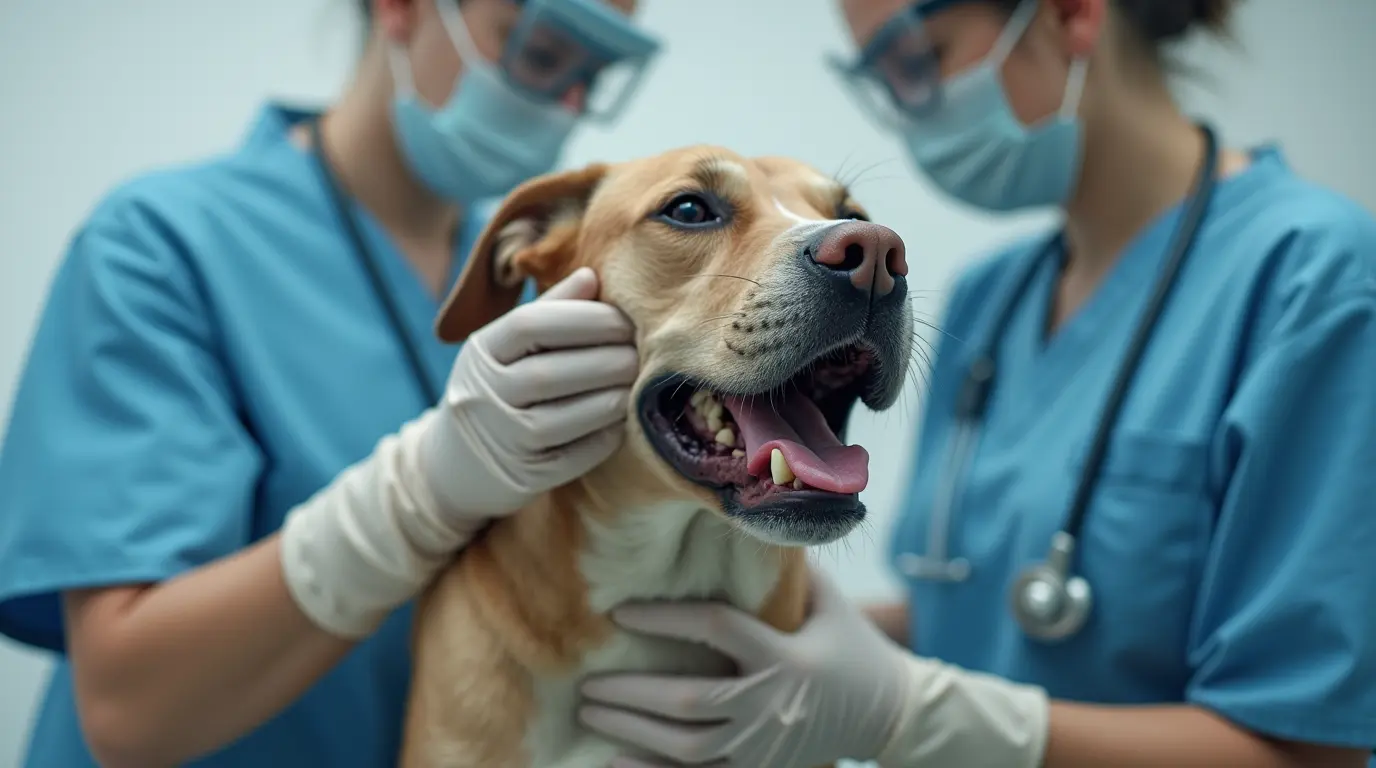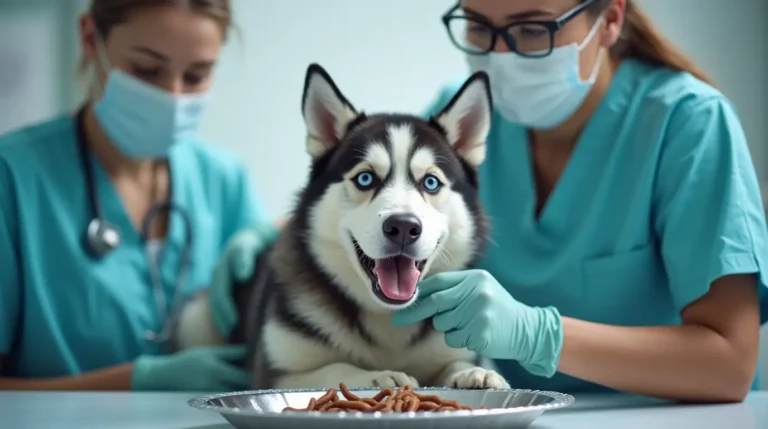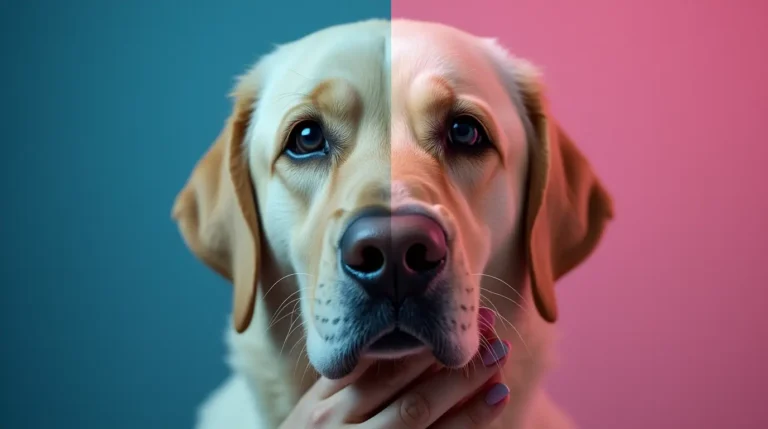Protect your furry friend from Leptospirosis in Dogs ! Discover 7 crucial prevention tips that can safeguard your dog’s health and prevent this dangerous bacterial infection.

Table of Contents
Leptospirosis is a serious and potentially life-threatening bacterial disease that can affect dogs of all ages, breeds, and lifestyles. As a responsible pet owner, understanding this invisible threat is crucial to protecting your canine companion’s health. This comprehensive guide will walk you through everything you need to know about leptospirosis in dogs, offering seven critical prevention strategies that can make all the difference in keeping your beloved pet safe.
Each year, thousands of dogs are diagnosed with leptospirosis, a zoonotic disease that can not only impact your furry friend but also pose risks to human health. By the end of this article, you’ll be equipped with expert knowledge to recognize, prevent, and protect against this dangerous infection.
Understanding Leptospirosis: The Basics
What is Leptospirosis?
Leptospirosis is a bacterial infection caused by spiral-shaped bacteria called Leptospira. These bacteria can be found worldwide, thriving in:
- Wet environments
- Standing water
- Soil contaminated by infected animal urine
- Rural and urban settings
How Do Dogs Contract Leptospirosis?
Dogs can become infected through multiple routes:
- Direct contact with infected animal urine
- Drinking contaminated water
- Walking through infected areas
- Contact with wildlife or rodents
7 Essential Prevention Tips for Leptospirosis in Dogs
1. Vaccination: Your First Line of Defense
Recommendation: Annual leptospirosis vaccination
Key points:
- Consult your veterinarian about the appropriate vaccination schedule
- Modern vaccines protect against multiple leptospirosis serovars
- Vaccination significantly reduces infection risk
Vaccination Effectiveness Statistics
| Vaccine Type | Protection Rate | Recommended Frequency |
| Modern Lepto Vaccine | 80-90% | Annual |
| Older Vaccine Formulations | 60-70% | Bi-Annual |
2. Limit Exposure to High-Risk Environments
High-risk areas include:
- Stagnant water sources
- Marshy regions
- Areas with high rodent populations
- Kennels and dog parks with poor maintenance
Prevention strategies:
- Avoid letting dogs drink from standing water
- Keep yard clean and free of rodent habitats
- Use leash control in high-risk areas
3. Rodent Control and Management
Rodents are primary carriers of leptospirosis. Implement comprehensive rodent management:
- Seal potential entry points in your home
- Use humane rodent control methods
- Keep food in sealed containers
- Maintain clean living spaces
4. Hygiene and Regular Cleaning
Maintaining a clean environment is crucial:
- Regularly disinfect dog areas
- Clean water bowls daily
- Wash dog’s paws after outdoor activities
- Use pet-safe disinfectants
5. Wildlife Interaction Prevention
Minimize interactions with:
- Raccoons
- Rats
- Mice
- Deer
- Livestock
Training and supervision are key to preventing unwanted wildlife encounters.
6. Regular Veterinary Check-ups
Recommended Screening Schedule
- Puppies: Initial screening at 12 weeks
- Adult Dogs: Annual comprehensive health check
- High-Risk Dogs: Bi-annual screenings
Routine check-ups help:
- Early detection
- Monitoring potential exposure
- Updating vaccinations
7. Recognize Early Symptoms
Early Warning Signs:
- Fever
- Lethargy
- Loss of appetite
- Muscle weakness
- Increased thirst
- Frequent urination
- Jaundice
Immediate Action: Consult veterinarian if symptoms persist
Recommended Pet Products on Amazon
- Pet Disinfectant Spray
- Dog Paw Cleaning Wipes
- Water-Resistant Dog Boots
- Pet Vaccination Record Keeper
Leptospirosis in Dogs (FAQ)
Q1: Can humans contract leptospirosis from dogs? Yes, leptospirosis is a zoonotic disease that can spread from animals to humans.
Q2: Are certain dog breeds more susceptible? While all dogs can contract leptospirosis, hunting dogs and those frequently outdoors have higher risk.
Q3: How expensive is leptospirosis treatment? Treatment can range from $500 to $2,000, depending on severity and required interventions.
Conclusion
Protecting your dog from leptospirosis requires proactive prevention, regular veterinary care, and understanding potential risks. By implementing these seven strategies, you significantly reduce your dog’s chances of contracting this dangerous disease.
Call to Action: Have you experienced Leptospirosis in Dogs with your pet? Share your story in the comments below and help other pet owners stay informed!
Explore More Pet Care Resources
Visit BlithePet.com for expert pet care guides, health tips, and comprehensive resources to keep your furry friend healthy and happy.
Disclaimer: This article is for informational purposes and should not replace professional veterinary advice. Always consult with a licensed veterinarian for personalized pet health guidance.





